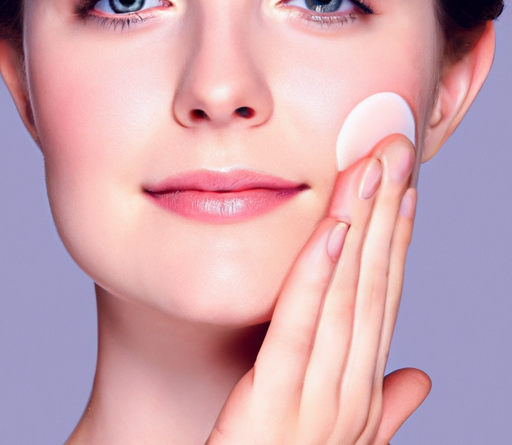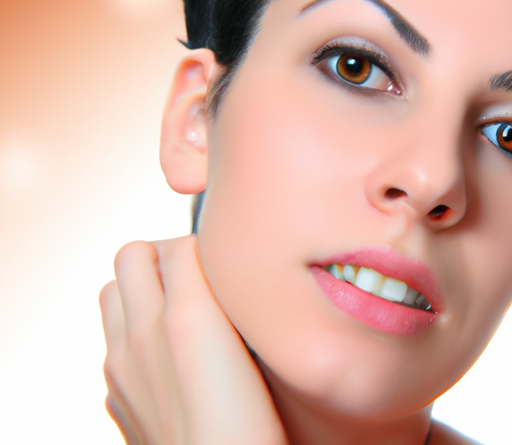Hey, want to know how to achieve that smooth, flawless skin you’ve always dreamed of? Well, here’s a little guide just for you. Firstly, it’s essential to establish a skincare routine that works for you. Start by cleansing your face both morning and night to keep dirt and impurities at bay. Use a gentle cleanser that suits your skin type to avoid any irritation. Remember to exfoliate once or twice a week to remove dead skin cells and reveal a fresh, radiant complexion.
Next up, moisturize like your life depends on it! hydrated skin is happy skin, so find a moisturizer that fits your needs. Look for ingredients like hyaluronic acid for a burst of hydration or ceramides to improve your skin’s natural barrier. And don’t forget the golden rule of skincare: always wear sunscreen! Protecting your skin from harmful UV rays not only prevents premature aging but also keeps it looking smooth and healthy. So, whether it’s sunny or cloudy outside, slather on that SPF.
Incorporate these simple steps into your daily routine, and you’ll be well on your way to achieving that smooth and radiant complexion you desire. Remember, consistency is key, so stick with it, and you’ll see the results you’ve been longing for.
Daily Skincare Routine
Taking care of your skin is essential for achieving a smooth and radiant complexion. Establishing a daily skincare routine can make a significant difference in the overall health and appearance of your skin. Following these simple steps can help you achieve and maintain that desired smooth-looking skin.
Cleanse
The first step in your daily skincare routine should always be cleansing your face. Washing away dirt, oil, and impurities that accumulate on your skin throughout the day is crucial. Choose a gentle cleanser that suits your skin type and massage it onto your damp face using circular motions. Rinse thoroughly with lukewarm water to ensure that all traces of cleanser are removed. Pat your face dry with a clean towel, being careful not to rub or irritate the skin.
Exfoliate
Exfoliating your skin is an important step that helps to remove dead skin cells and reveals a fresh layer of skin. This process not only improves texture but also allows other skincare products to penetrate more effectively. Choose a gentle exfoliator and use it once or twice a week, depending on your skin’s sensitivity. Massage the exfoliator onto your damp face, concentrating on areas prone to dryness or congestion. Rinse thoroughly and pat dry.
Tone
After cleansing and exfoliating, it’s time to tone your skin. Toning helps to restore your skin’s pH balance, tighten pores, and remove any remaining traces of dirt or cleanser. Choose an alcohol-free toner suitable for your skin type and apply it to a cotton pad. Gently swipe the cotton pad across your face and neck, paying particular attention to areas that are typically oilier or prone to breakouts.
Moisturize
The final step in your daily skincare routine is moisturizing. Applying a moisturizer helps to hydrate your skin, lock in moisture, and keep it healthy and supple. Choose a moisturizer that suits your skin type and is formulated with ingredients that meet your specific needs, whether it be for dryness, oiliness, or anti-aging benefits. Apply the moisturizer evenly to your face and neck, gently massaging it in until fully absorbed. This step is vital for maintaining a smooth and soft complexion.
Healthy Diet and Hydration
Achieving smooth-looking skin goes beyond external care; it also involves nourishing your body from within. Incorporating a healthy diet and staying adequately hydrated can significantly impact the appearance of your skin.
Balanced Diet
Eating a balanced diet rich in fruits, vegetables, whole grains, and lean proteins provides your body with the essential nutrients it needs to function optimally. These nutrients, such as vitamins A, C, and E, as well as zinc and omega-3 fatty acids, contribute to the health and appearance of your skin. Incorporate a variety of colorful fruits and vegetables into your meals to ensure a wide range of beneficial antioxidants and vitamins.
Antioxidant-rich Foods
Antioxidant-rich foods help to combat the damaging effects of free radicals on your skin. Berries, leafy greens, citrus fruits, nuts, and seeds are excellent sources of antioxidants. Including these foods in your diet can help reduce inflammation, promote collagen production, and enhance the overall radiance of your skin.
Hydration
Drinking an adequate amount of water is essential for maintaining healthy and smooth skin. Proper hydration helps to flush out toxins, improve blood circulation, and promote a youthful glow. Aim to drink at least eight glasses of water per day, and consider incorporating hydrating foods such as watermelon, cucumber, and celery into your diet. The more hydrated your skin is, the more plump and supple it will appear.
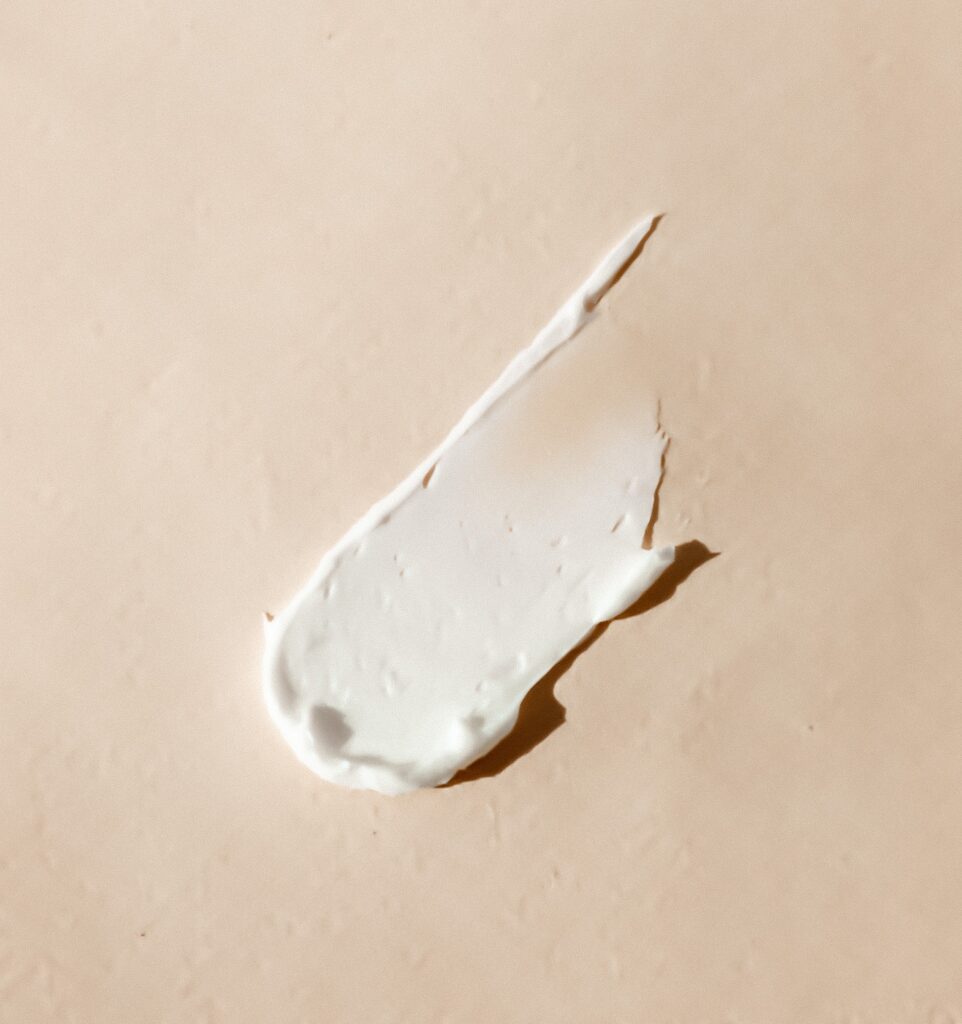
This image is property of images.unsplash.com.
Protecting Your Skin from UV Rays
Exposure to harmful UV rays is one of the leading causes of premature aging and skin damage. Protecting your skin from the sun’s harmful rays is vital for achieving and maintaining smooth-looking skin.
Apply Sunscreen
Using sunscreen with a broad-spectrum SPF of 30 or higher is crucial for shielding your skin from both UVA and UVB rays. Apply a generous amount of sunscreen to all exposed areas of your body, including your face, neck, and hands. Reapply every two hours or more frequently if you are swimming or sweating. Remember to use sunscreen even on cloudy days or during winter months, as UV rays can still penetrate through clouds and cause damage.
Seek Shade
When spending time outdoors, seek shaded areas whenever possible. Limiting your direct exposure to the sun helps minimize the risk of sunburn and other skin damage. Seek shade under trees, use an umbrella, or wear a wide-brimmed hat to protect your face from the sun’s harsh rays.
Wear Protective Clothing
In addition to sunscreen and seeking shade, wearing protective clothing can further shield your skin from the damaging effects of the sun. Opt for lightweight, breathable fabrics that cover your arms and legs. Consider wearing clothing with built-in sun protection, such as UPF-rated clothing, for added defense against UV rays.
Managing Stress Levels
Stress can take a toll on your skin, contributing to acne breakouts, inflammation, and premature aging. Managing your stress levels is essential for maintaining smooth-looking skin.
Identify and Manage Stressors
Identifying and managing your stressors is the first step towards reducing their impact on your skin. Take time to reflect on the sources of stress in your life, such as work, relationships, or financial pressures. Seek healthy outlets to cope with stress, such as talking to a friend or family member, engaging in hobbies, or practicing mindfulness techniques.
Practice Relaxation Techniques
Incorporating relaxation techniques into your daily routine can help reduce stress levels and promote overall well-being. Deep breathing exercises, meditation, yoga, and taking time for self-care activities are effective ways to relax and unwind. Find activities that bring you joy and make them a regular part of your schedule.
Get Adequate Sleep
Getting enough quality sleep is crucial for maintaining healthy skin. During sleep, your body repairs and rejuvenates itself, including your skin. Aim for seven to nine hours of uninterrupted sleep each night. Establish a bedtime routine that promotes relaxation, such as avoiding electronic devices before bed and creating a calm and comfortable sleep environment.
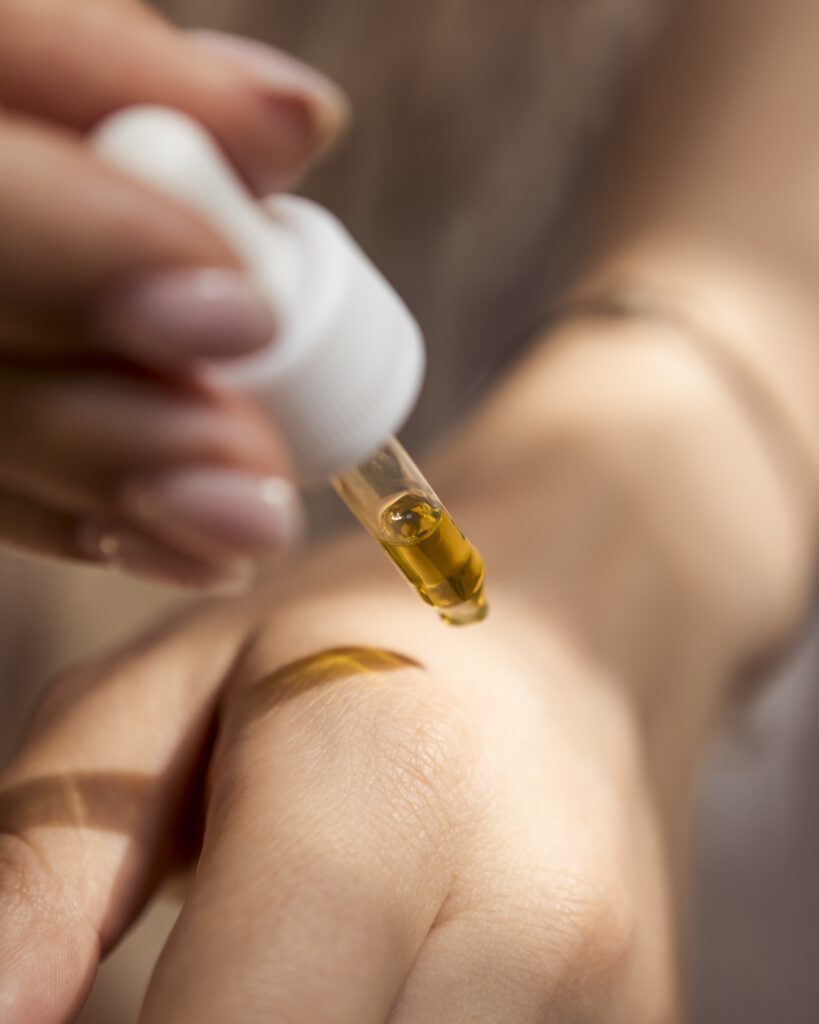
This image is property of images.unsplash.com.
Regular Exercise
Exercise offers numerous benefits for your overall health, including your skin. Regular physical activity can contribute to achieving smooth-looking skin.
Promotes Circulation
Engaging in cardiovascular exercise, such as brisk walking, running, or cycling, promotes healthy blood circulation. Improved blood flow provides oxygen and vital nutrients to your skin cells, resulting in a vibrant complexion.
Flushes Out Toxins
Sweating during exercise helps to flush out toxins from your body, including those that may contribute to skin problems. Remember to cleanse your face promptly after exercising to remove any sweat and impurities from your skin.
Boosts Collagen Production
Exercise stimulates collagen production, which is vital for maintaining the elasticity and firmness of your skin. Collagen helps to reduce the appearance of fine lines and wrinkles, giving your skin a smoother and more youthful appearance.
Avoiding Smoking and Alcohol
Smoking and excessive alcohol consumption have detrimental effects on your skin. Avoiding these habits can help you achieve and maintain the smooth-looking skin you desire.
Quit Smoking
Smoking accelerates the aging process and contributes to the development of wrinkles, fine lines, and uneven skin tone. The chemicals in cigarettes narrow blood vessels, reducing blood flow to the skin and depleting it of essential nutrients. Quitting smoking not only benefits your skin but also improves your overall health.
Reduce Alcohol Consumption
Excessive alcohol consumption dehydrates your body, resulting in dry and dull-looking skin. Alcohol also dilates blood vessels, leading to redness and inflammation. Limit your alcohol intake and opt for hydrating beverages such as water, herbal tea, or freshly squeezed juices.
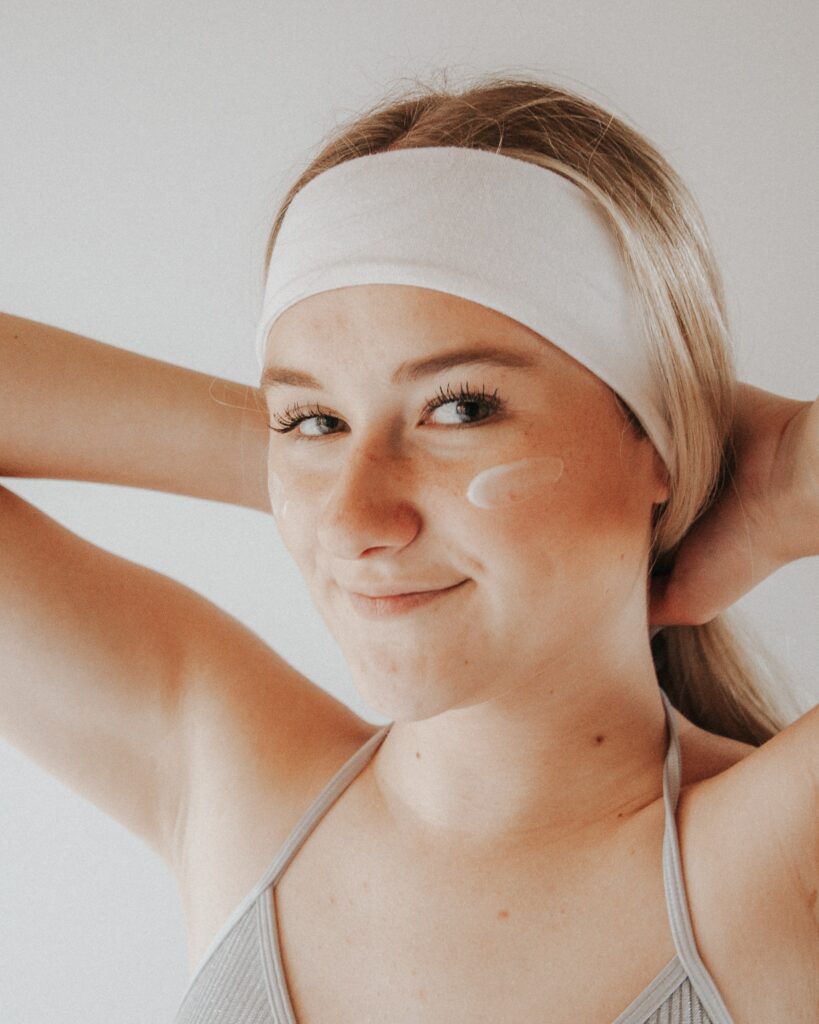
This image is property of images.unsplash.com.
Limiting Hot Showers and Baths
While a hot shower or bath may be relaxing, prolonged exposure to hot water can strip away your skin’s natural oils, leaving it dry and prone to irritation. Limiting hot showers and baths is crucial for maintaining smooth-looking skin.
Lukewarm Water
Opt for lukewarm water rather than hot water when showering or bathing. Lukewarm water helps to preserve your skin’s natural moisture barrier and prevents excessive drying. Finish your shower or bath with a brief rinse of cool water to invigorate your skin and close your pores.
Shorter Bath Time
Limit the duration of your baths or showers to avoid prolonged exposure to water. Spending excessive time in water can lead to dryness and irritation. Aim for showers or baths that last no longer than 10-15 minutes to maintain the health and integrity of your skin.
Using Gentle Skincare Products
Harsh ingredients in skincare products can irritate your skin and disrupt its natural balance. Opting for gentle skincare products is essential for achieving and maintaining smooth-looking skin.
Avoid Harsh Ingredients
Read the labels of skincare products and avoid those that contain harsh ingredients such as sulfates, fragrances, and alcohol. Look for products that are labeled as gentle, hypoallergenic, or suitable for sensitive skin. Choosing gentle cleansers, exfoliators, toners, and moisturizers can help prevent irritation and maintain the health of your skin.
Patch Test New Products
Before incorporating a new skincare product into your routine, perform a patch test to check for any adverse reactions. Apply a small amount of the product to a discreet area, such as the inside of your wrist or behind your ear, and monitor the area for at least 24 hours. If you experience any redness, itching, or irritation, refrain from using the product on your face.
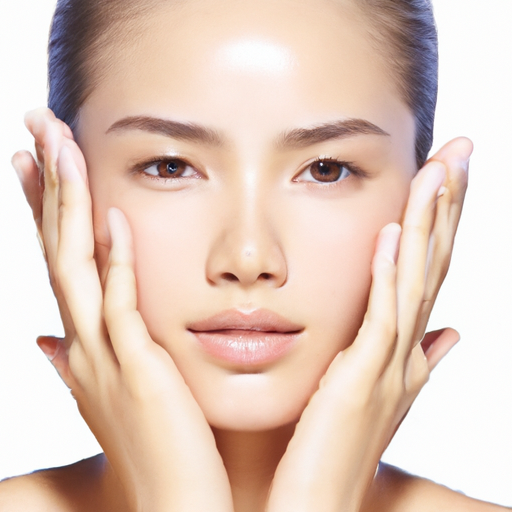
Getting Professional Skincare Treatments
In addition to a daily skincare routine, incorporating professional skincare treatments into your regimen can provide further benefits for achieving smooth-looking skin.
Facials
Facials performed by a licensed esthetician can target specific skin concerns and provide a deep cleanse, exfoliation, and hydration. These treatments help to improve skin texture, tone, and overall radiance. Consult with a skincare professional to determine the best type of facial for your skin type and concerns.
Chemical Peels
Chemical peels involve the application of a chemical solution to the skin, which exfoliates and removes the outermost layers. This process promotes cellular turnover, addresses pigmentation issues, and improves skin texture. Chemical peels should be performed by a trained professional and tailored to your specific needs.
Microdermabrasion
Microdermabrasion is a non-invasive procedure that uses a handheld device to exfoliate the skin and remove dead cells. This treatment helps to improve skin texture, reduce the appearance of fine lines and wrinkles, and promote the production of collagen. Similar to chemical peels, microdermabrasion should be performed by a trained esthetician or dermatologist.
Laser Treatments
Laser treatments offer a wide range of options for addressing various skin concerns, including acne scars, hyperpigmentation, and aging signs. These treatments utilize laser technology to target specific skin issues while stimulating collagen production. Consult with a skincare professional to determine which laser treatment is best suited for your skin type and concerns.
Maintaining a Clean Living Environment
The cleanliness of your living environment can impact the health and appearance of your skin. Taking steps to maintain a clean and hygienic space can contribute to achieving smooth-looking skin.
Washing Bedding Regularly
Your pillowcases and sheets can accumulate dirt, oil, and bacteria, which can transfer onto your skin as you sleep. Washing your bedding regularly, ideally once a week, helps to keep these contaminants at bay. Opt for fragrance-free and hypoallergenic laundry detergents to minimize the risk of skin irritation.
Minimizing Dust and Pollutants
Dust and indoor pollutants can settle on surfaces and irritate your skin. Regularly dusting and vacuuming your living space helps to minimize these particles. Consider using an air purifier to further improve indoor air quality, especially if you live in a highly polluted area.
Using Clean Makeup Brushes
Makeup brushes can harbor bacteria, dirt, and old product buildup, which can transfer onto your skin and contribute to breakouts. Clean your makeup brushes regularly, ideally at least once a week, to keep them hygienic. Use a mild cleanser or gentle shampoo, and rinse thoroughly to remove any residue.
In conclusion, achieving smooth-looking skin requires a combination of skincare practices, healthy lifestyle habits, and professional treatments when necessary. Establishing a daily skincare routine that includes cleansing, exfoliating, toning, and moisturizing is essential. Additionally, maintaining a balanced diet, staying hydrated, and protecting your skin from UV rays contribute to the overall health and appearance of your skin. Managing stress levels, engaging in regular exercise, and avoiding smoking and excessive alcohol consumption also play significant roles. Being mindful of the temperature and duration of your showers and baths, using gentle skincare products, and maintaining a clean living environment further contribute to the goal of smooth-looking skin.




